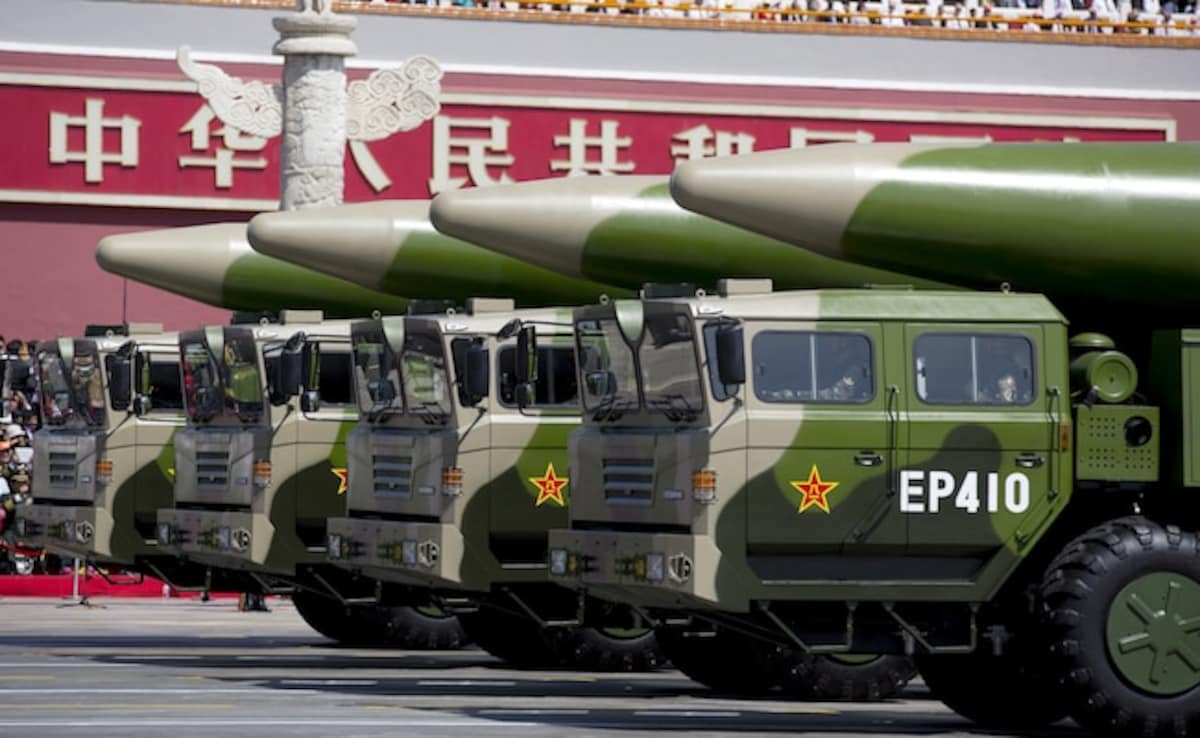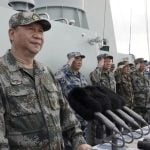In a stark warning during a recent Senate subcommittee hearing, senior officials from the United States Air Force and Space Force raised alarm over China’s growing missile stockpile and advanced surveillance systems, which they say pose serious threats to regional stability and global security.
US Secretary of the Air Force Troy Meink and Chief of Space Operations General Chance Saltzman briefed lawmakers on China’s expanding military reach. The People’s Liberation Army (PLA), they noted, has developed a broad array of missile capabilities including:
- Over 900 short-range ballistic missiles aimed at Taiwan
- Around 400 land-based missiles targeting the first island chain
- Approximately 1,300 medium-range missiles capable of reaching the second island chain
- More than 500 intermediate-range missiles that can strike as far as Alaska and northern Australia
- Over 400 intercontinental ballistic missiles (ICBMs) capable of delivering nuclear warheads across the globe
General Saltzman also drew attention to China’s increasingly sophisticated “kill web” — an integrated surveillance-strike network that combines more than 470 intelligence, surveillance, and reconnaissance (ISR) satellites with advanced weapons systems. This web allows near-instant tracking and targeting of US and allied forces, enabling missile strikes within seconds of identification, thanks to high-speed data transmission and automation.
“This capability is not just a sensor network,” Saltzman said. “It’s a system that compresses the decision-action cycle to seconds, creating a dangerous edge in any conflict scenario.”
While China’s military modernization continues at pace, experts from the Stimson Center who were cited during the hearing said a full-scale invasion of Taiwan remains a high-risk strategy for Beijing. They argued that such a move could trigger nuclear escalation, domestic unrest, and international backlash. Instead, China is more likely to employ coercive tactics—such as economic pressure, cyber warfare, and naval blockades—to subdue Taiwan without direct confrontation.
The Pentagon officials concluded that countering China’s strategic advances will require robust investments in deterrence, enhanced regional partnerships, and improved space and cyber warfare capabilities.
With tensions in the Indo-Pacific showing no signs of easing, US military leaders reiterated the need for constant vigilance and agile response strategies to ensure regional balance and maintain peace through strength.













